Handloom weaving is India’s timeless legacy, blending culture, craftsmanship, and sustainability. For years, mass-produced fabrics overshadowed this art, but in 2025, Indian handloom fabrics are back on the global fashion map. Designers and conscious consumers are embracing them for their authenticity, eco-friendliness, and unique charm.
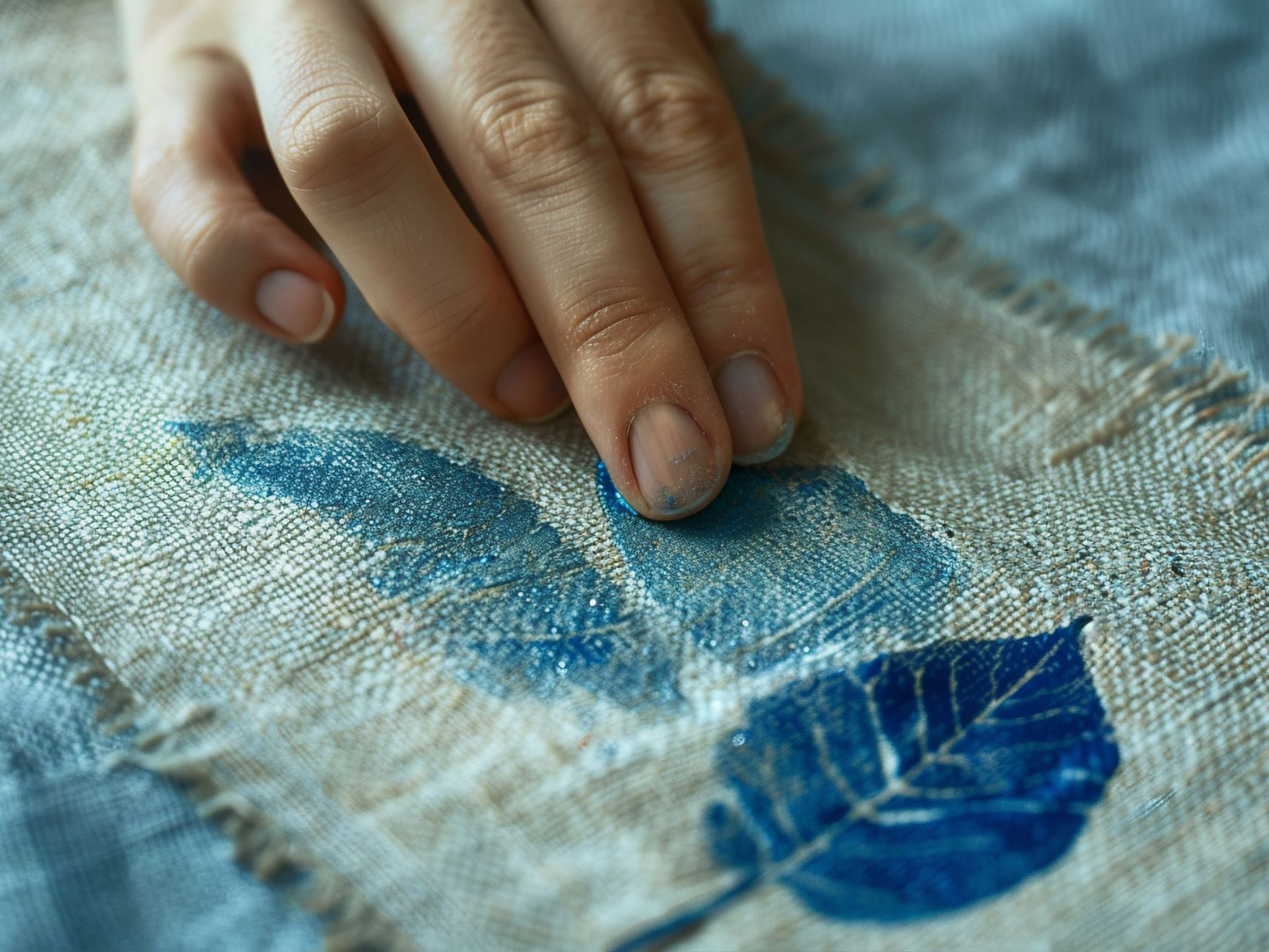
Sustainability
Made with minimal carbon
footprint and natural dyes.
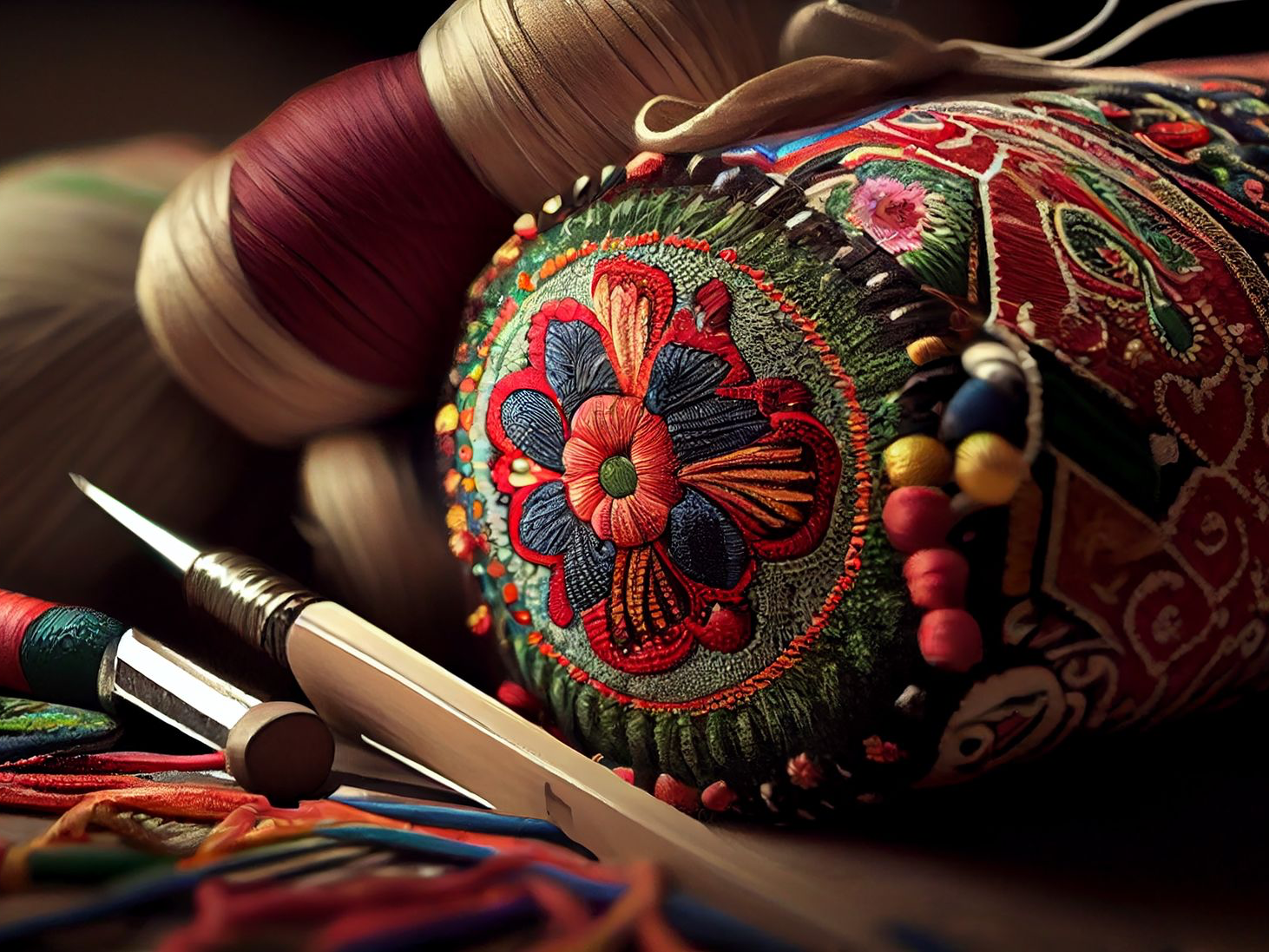
Cultural Value
Each weave tells a story of
tradition and region.
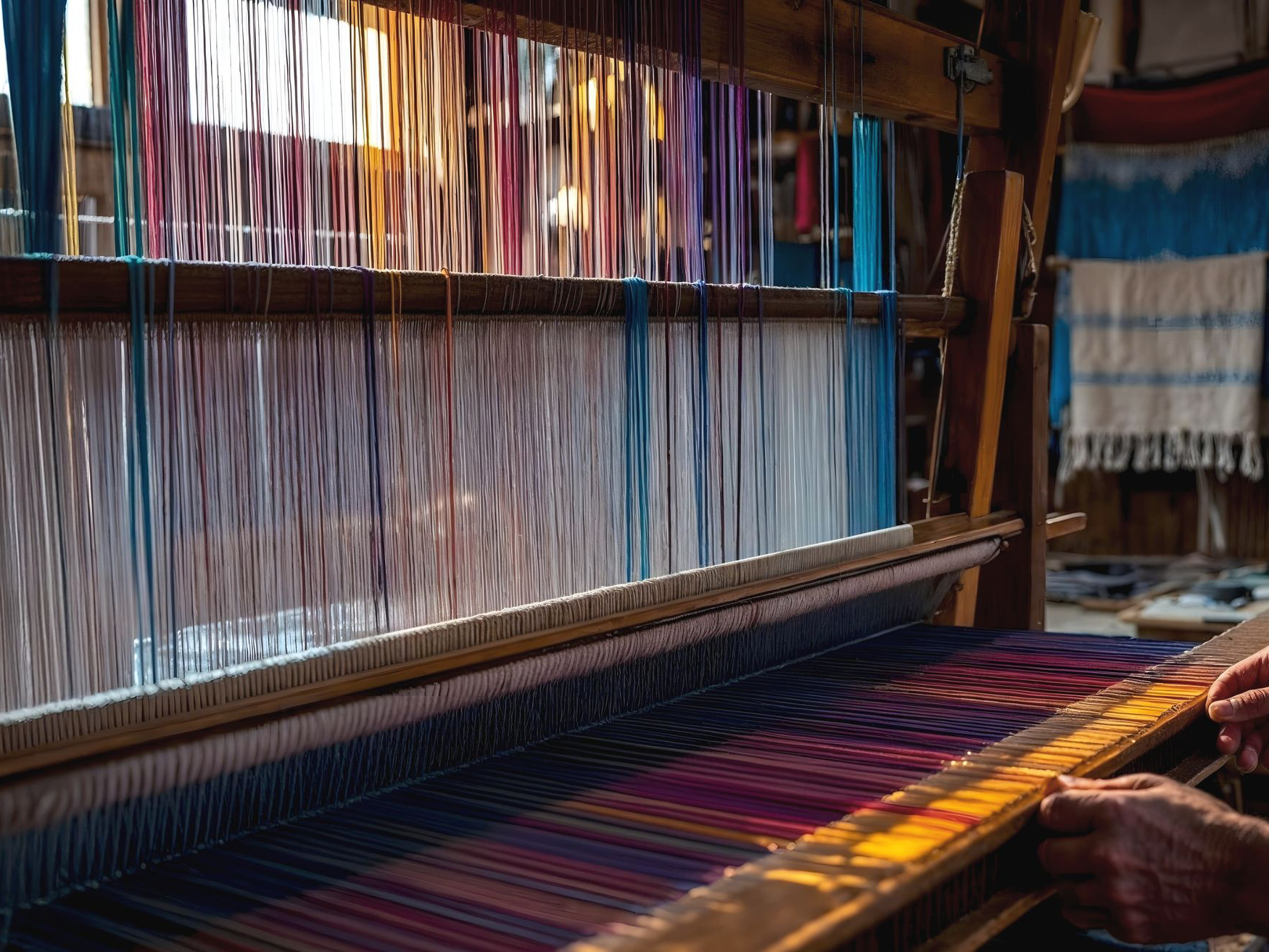
Luxury Appeal
Handloom pieces are exclusive and
artisanal, not mass-produced.
1. Ikat– The Art of Precision
Ikat is a dyeing technique where yarns are tie-dyed before weaving, creating intricate, blurred-edge patterns.
- Regions Famous For It:
- Odisha – Sambalpuri Ikat with traditional motifs
- Andhra Pradesh & Telangana – Pochampally Ikat with geometric designs
- Gujarat – Patola Ikat, a luxury double-ikat weave
- Why Global:
- Designers love Ikat for its bold, artistic appeal.
- Perfect for boho-chic and resort wear.
- Modern Use:
- Ikat maxi dresses, co-ord sets, statement jackets.
- Paired with solid linens for fusion fashion.
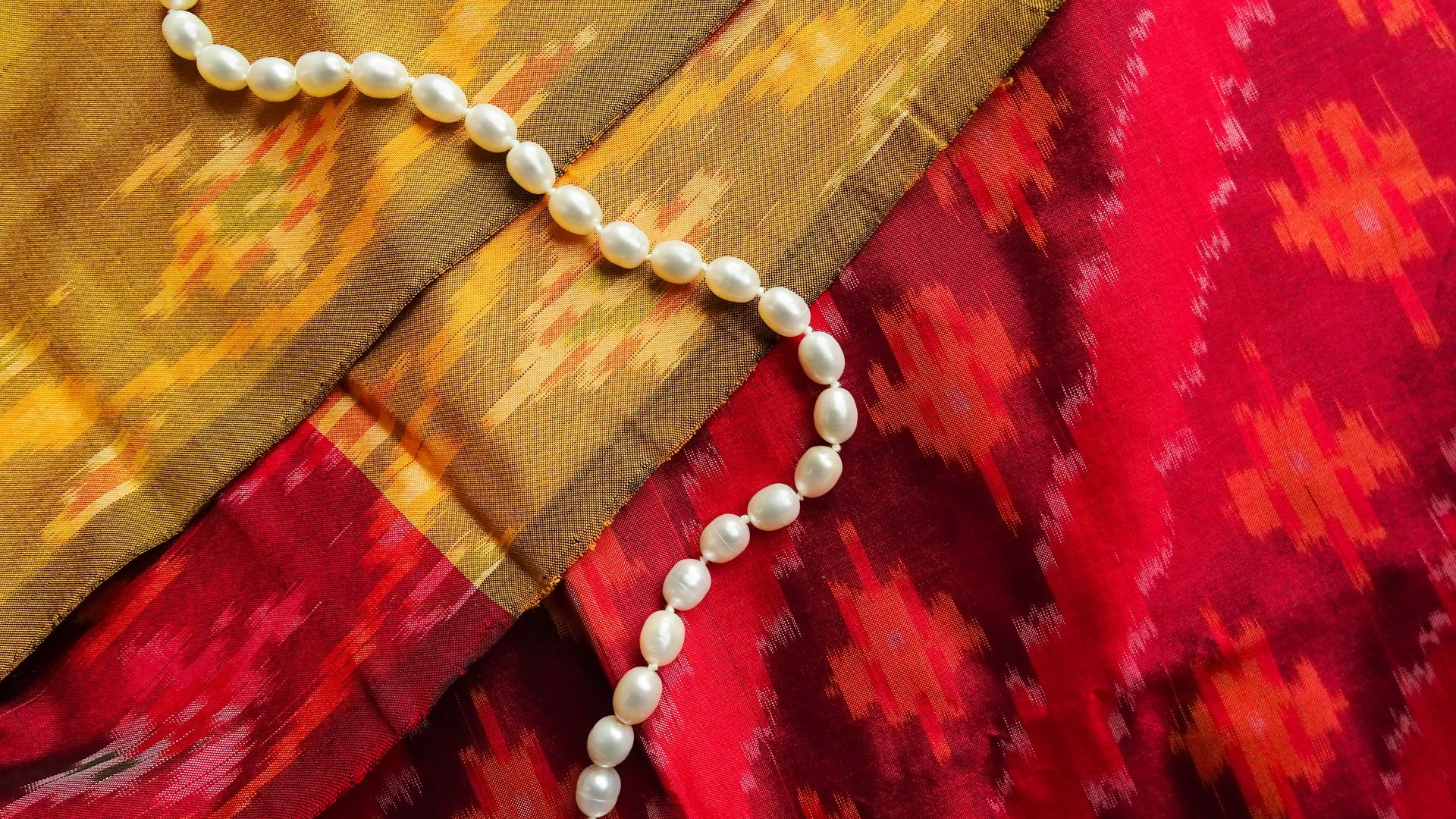
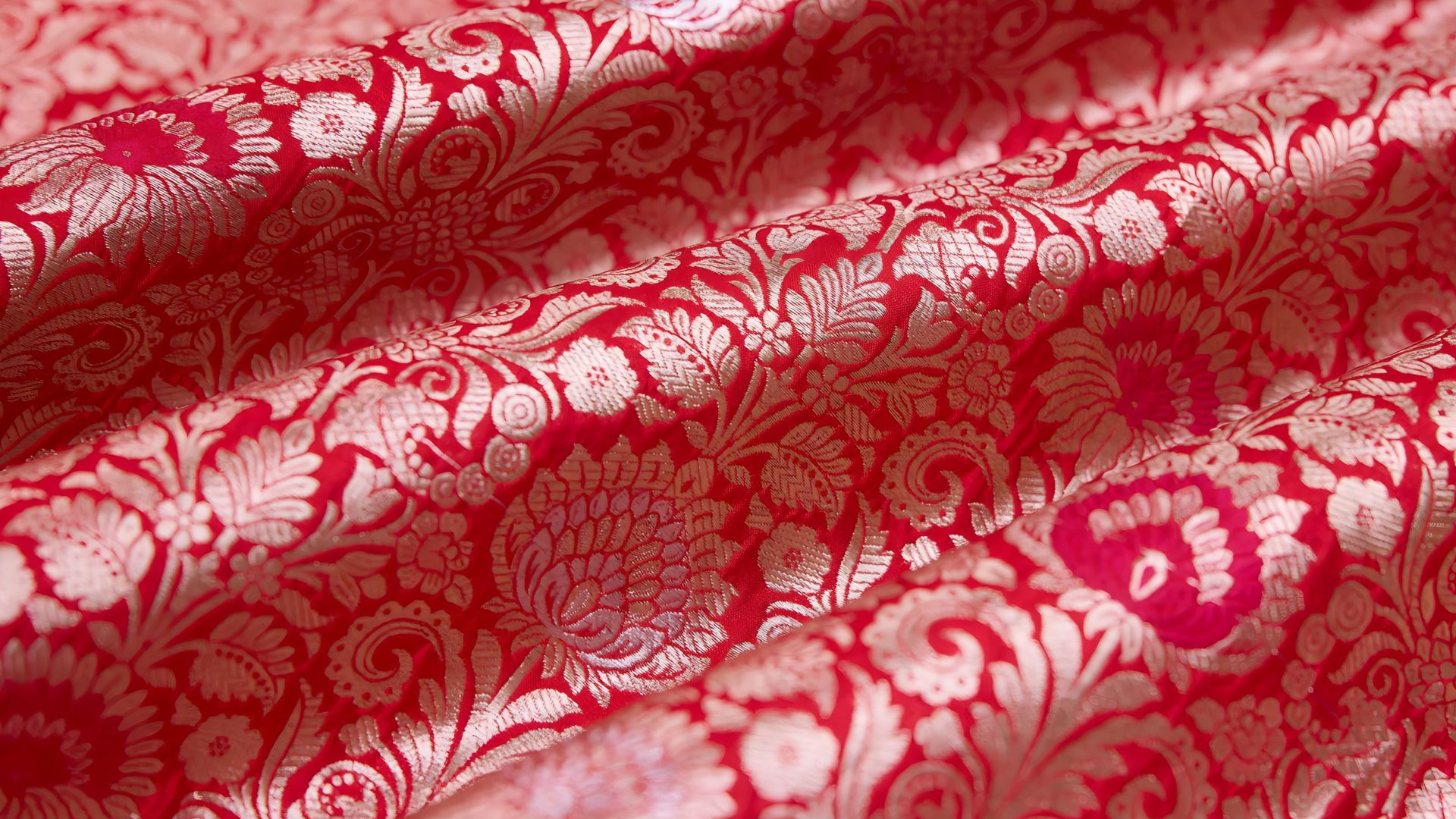
2. Banarasi Silk– The Royal Weave
- Originating from Varanasi, Banarasi silk is renowned for its brocade weaving with gold and silver zari threads.
- Signature Features:
- Mughal-inspired motifs: florals, jaal patterns
- Lustrous finish with intricate detailing
- Why Global:
- Favored by luxury bridal designers worldwide.
- Featured in Paris and Milan fashion shows for Indo-western gowns.
- Modern Use:
- Banarasi jackets over gowns
- Banarasi skirts paired with silk tops
3. Chanderi– The Lightweight Luxury
- A sheer, glossy fabric woven in Chanderi, Madhya Pradesh.
- Signature Features:
- Lightweight yet durable
- Motifs of peacocks, florals, and geometric patterns
- Why Global:
- Loved for fusion fashion and summer couture.
- Perfect for layering in global high-fashion looks.
- Modern Use:
- Chanderi organza sarees with crop tops
- Layered Chanderi skirts for modern brides
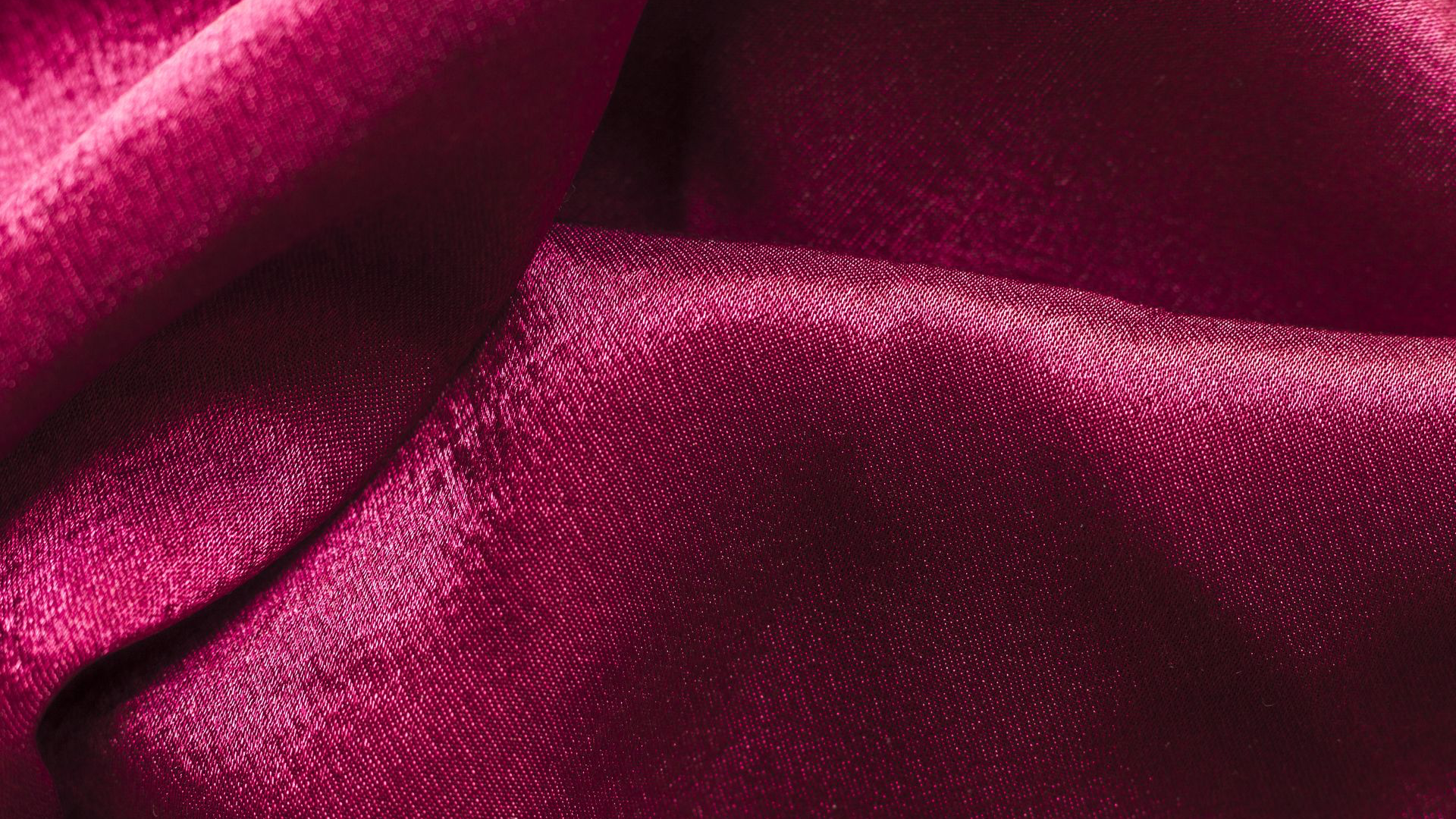
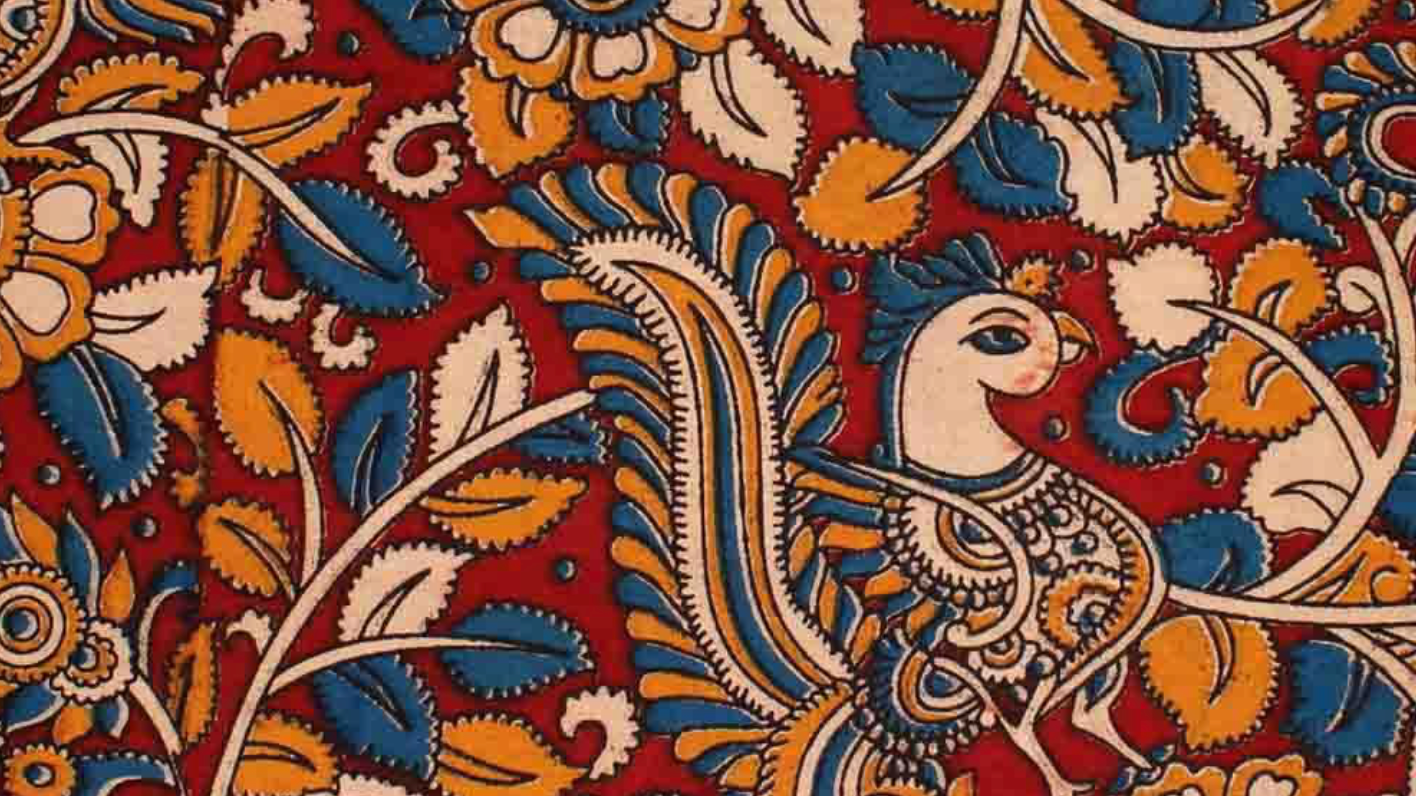
4. Kalamkari– Textile Art
- Hand-painted or block-printed textile art from Andhra Pradesh.
- Signature Features:
- Mythological and floral themes
- Uses natural vegetable dyes
- Why Global:
- Appeals to art-fashion lovers.
- Seen in scarves, wraps, and bohemian outfits globally.
- Modern Use:
- Kalamkari silk skirts with metallic tops
- Kalamkari digital prints for luxury kaftans
5. Khadi – The Fabric of Freedom
Hand-spun and handwoven cotton or silk yarn. Symbol of India’s swadeshi movement.
- Signature Features:
- Minimal processing → eco-friendly
- Breathable and durable
- Why Global:
- Champion of slow fashion and sustainability.
- Supported by international brands for ethical clothing lines.
- Modern Use:
- Khadi trench coats
- Khadi jumpsuits for minimal luxury
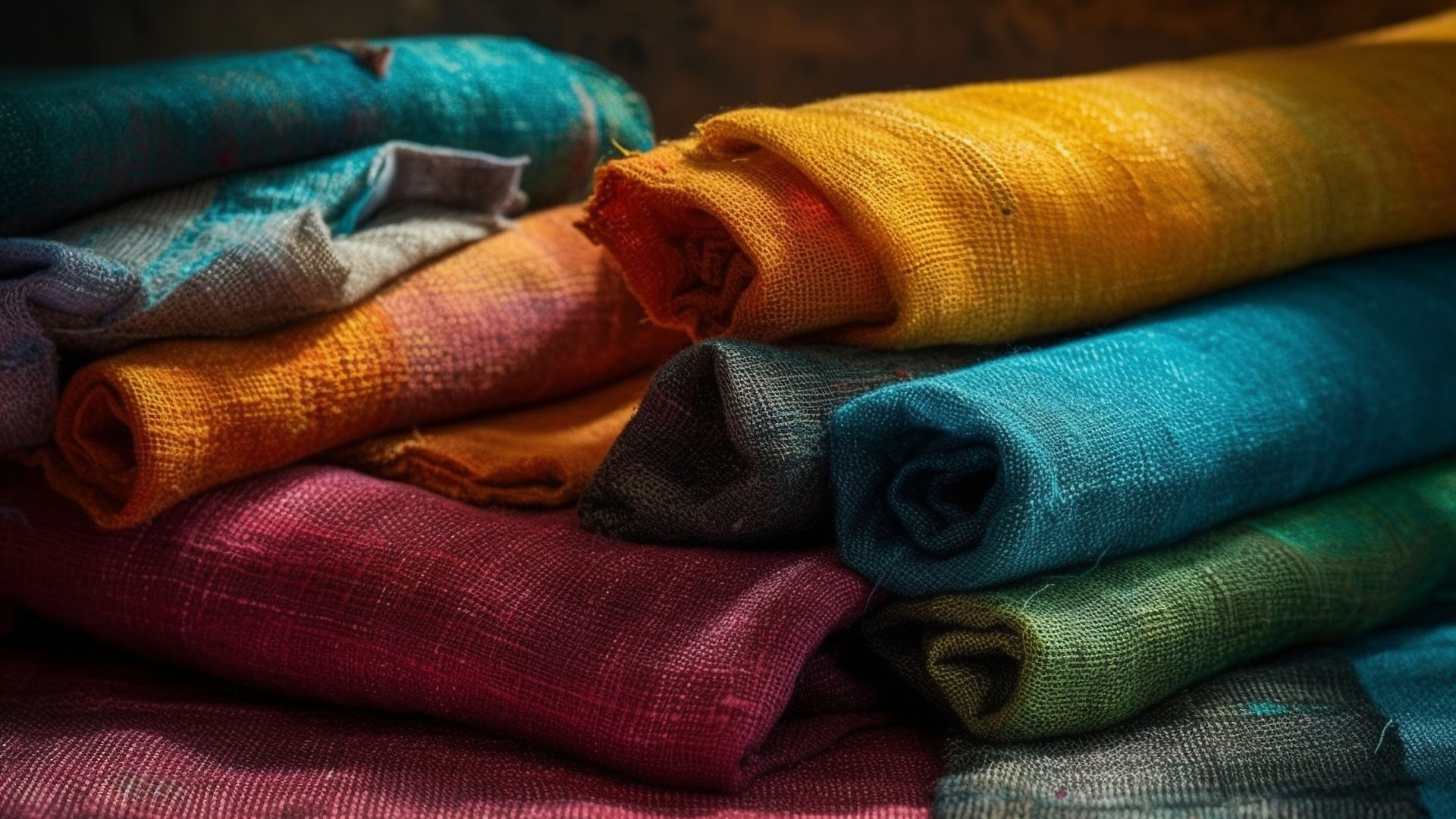
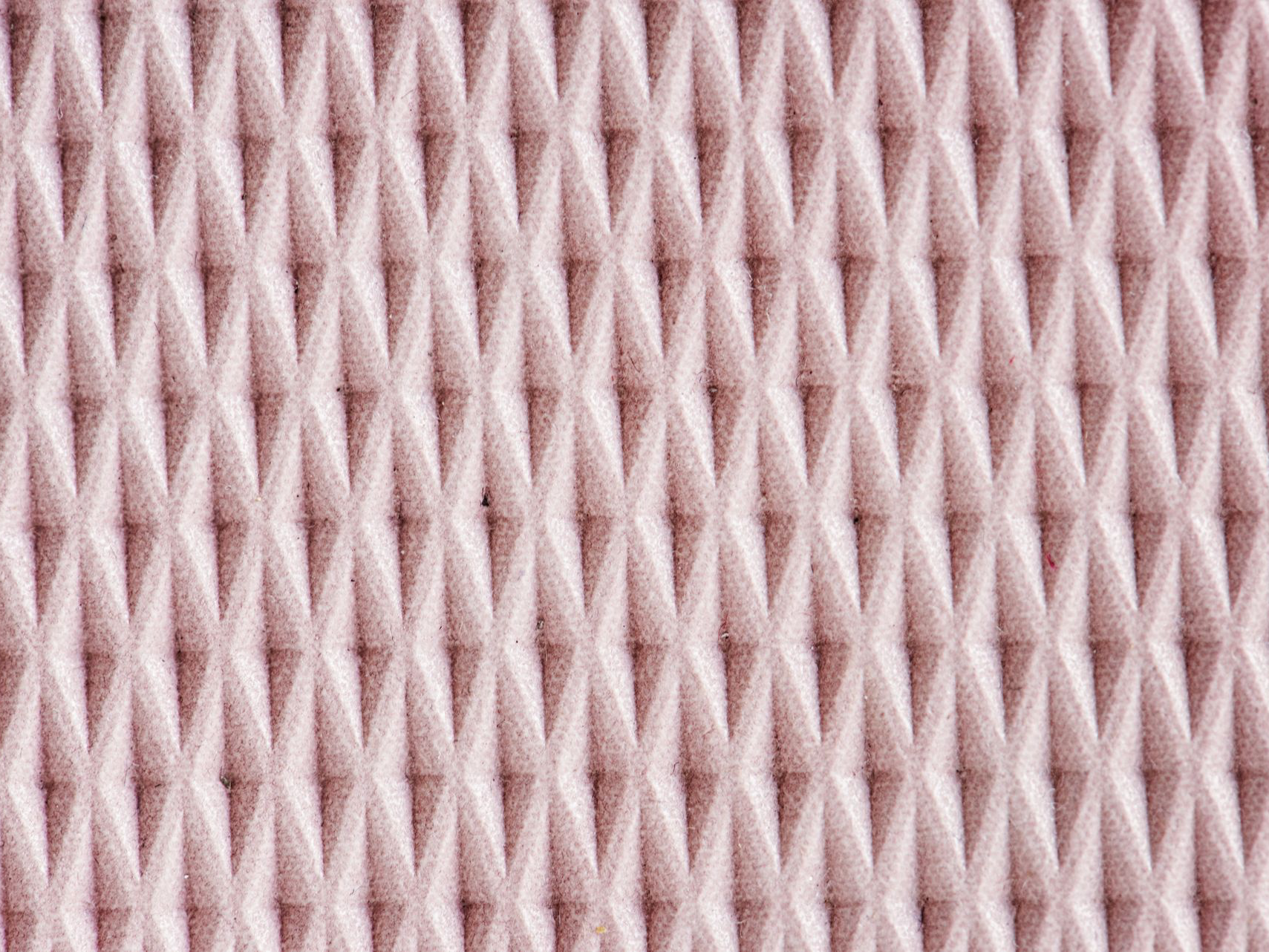
1. Unique Textures & Patterns
Every handloom fabric is crafted by hand, which means no two pieces are identical. This authentic imperfection adds character and exclusivity, something machine-made textiles can’t replicate.
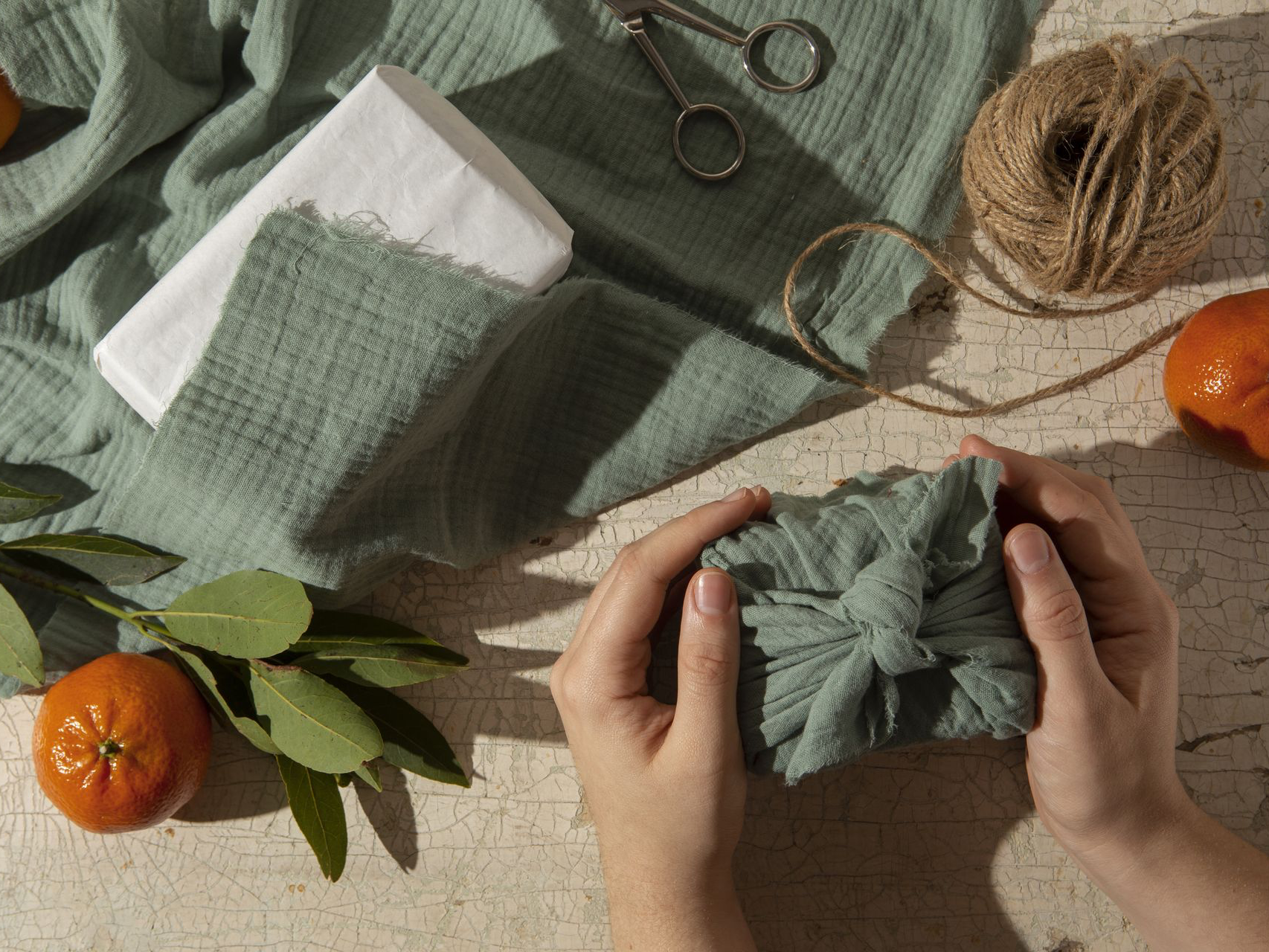
2. Slow Fashion & Sustainability
Global consumers are shifting towards ethical fashion. Handloom fabrics align with this movement because:
- They use minimal water and energy compared to industrial fabrics.
- Often dyed with natural or low-impact dyes, reducing chemical pollution.
- Encourage zero-waste weaving techniques in traditional looms.
Designers like Stella McCartney and Sabyasachi’s global collaborations have championed these sustainable practices.
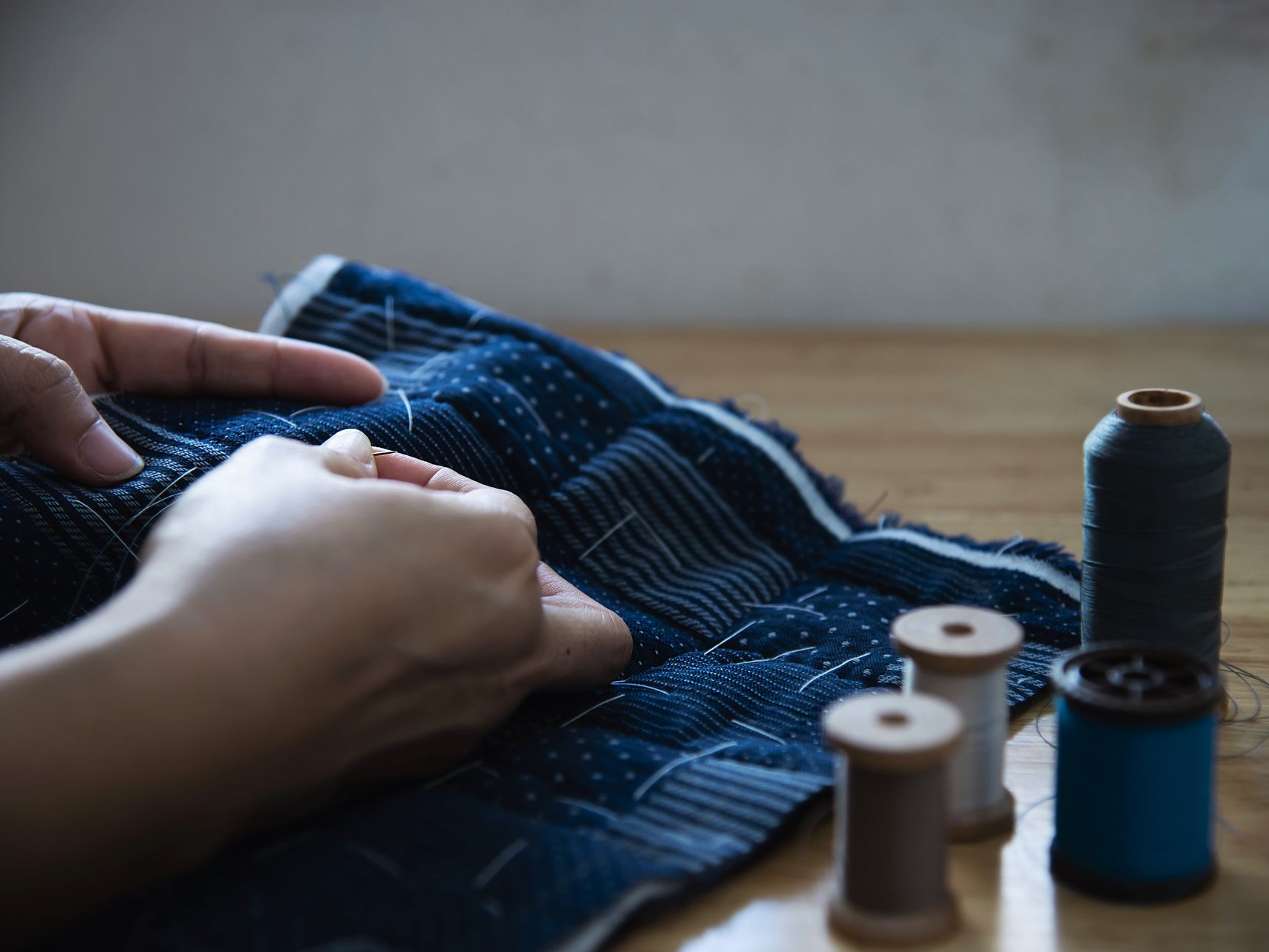
3. Artisanal Craftsmanship
Handloom is not just fabric — it’s an art form. Techniques like Kalamkari painting, Jamdani weaving, and Ajrakh block printing require years of skill. Global luxury brands value this craftsmanship because it:
- Adds cultural depth to their collections.
- Appeals to customers looking for heritage fashion stories.

4. Versatility in Modern Silhouettes
Unlike the past, when handloom was seen as ethnic-only, today’s designers reinvent these weaves for global appeal:
- Banarasi Brocade Jackets for Paris runways
- Ikat Co-ord Sets for boho-chic looks in Milan
- Khadi Power Suits for sustainable corporate fashion
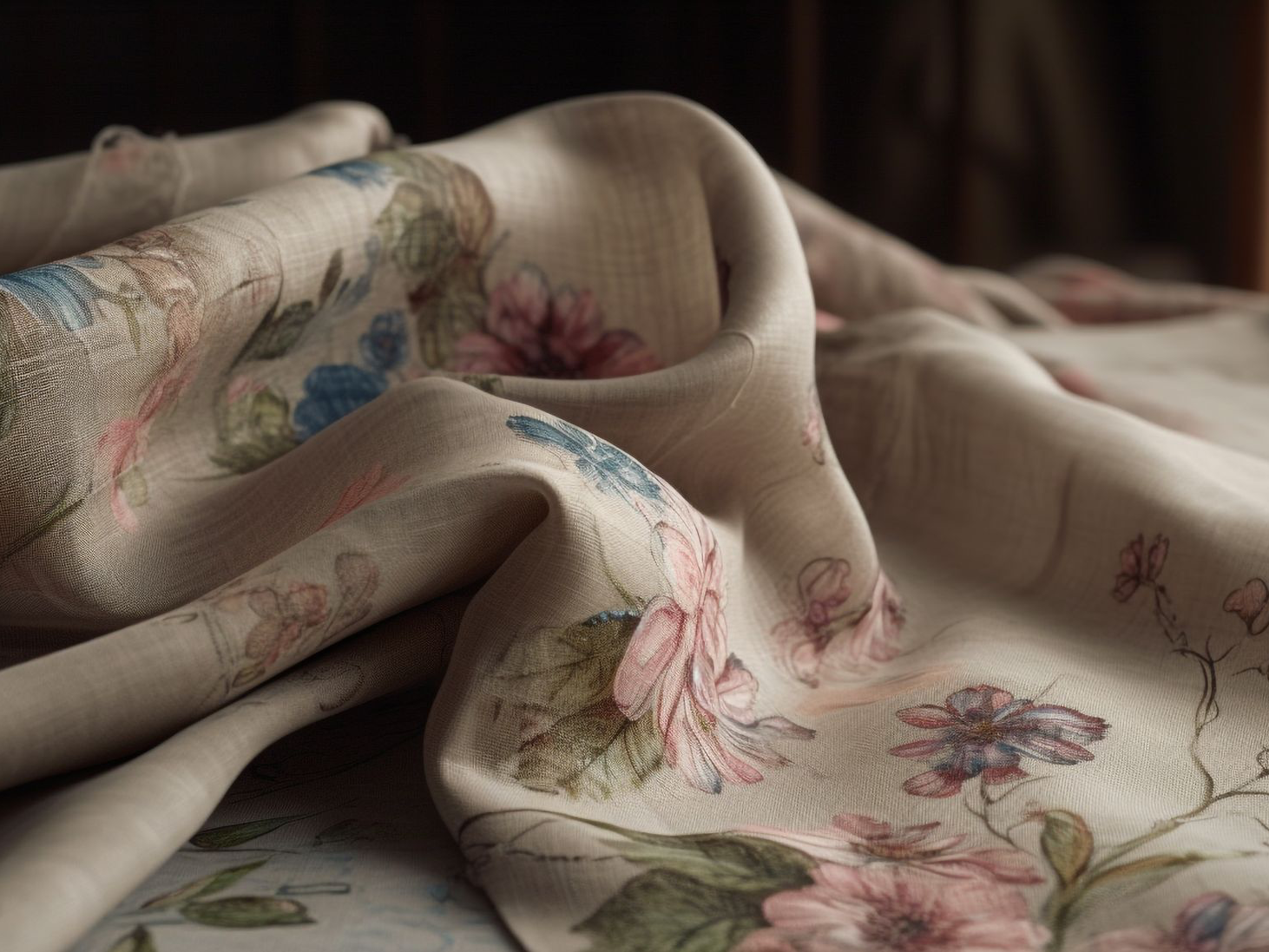
5. Limited Editions = Luxury
Luxury thrives on scarcity. Since handloom fabrics are woven in small batches by artisans, they naturally fit into high-fashion exclusivity.
Global couture brands use this as a storytelling element to add value and desirability.
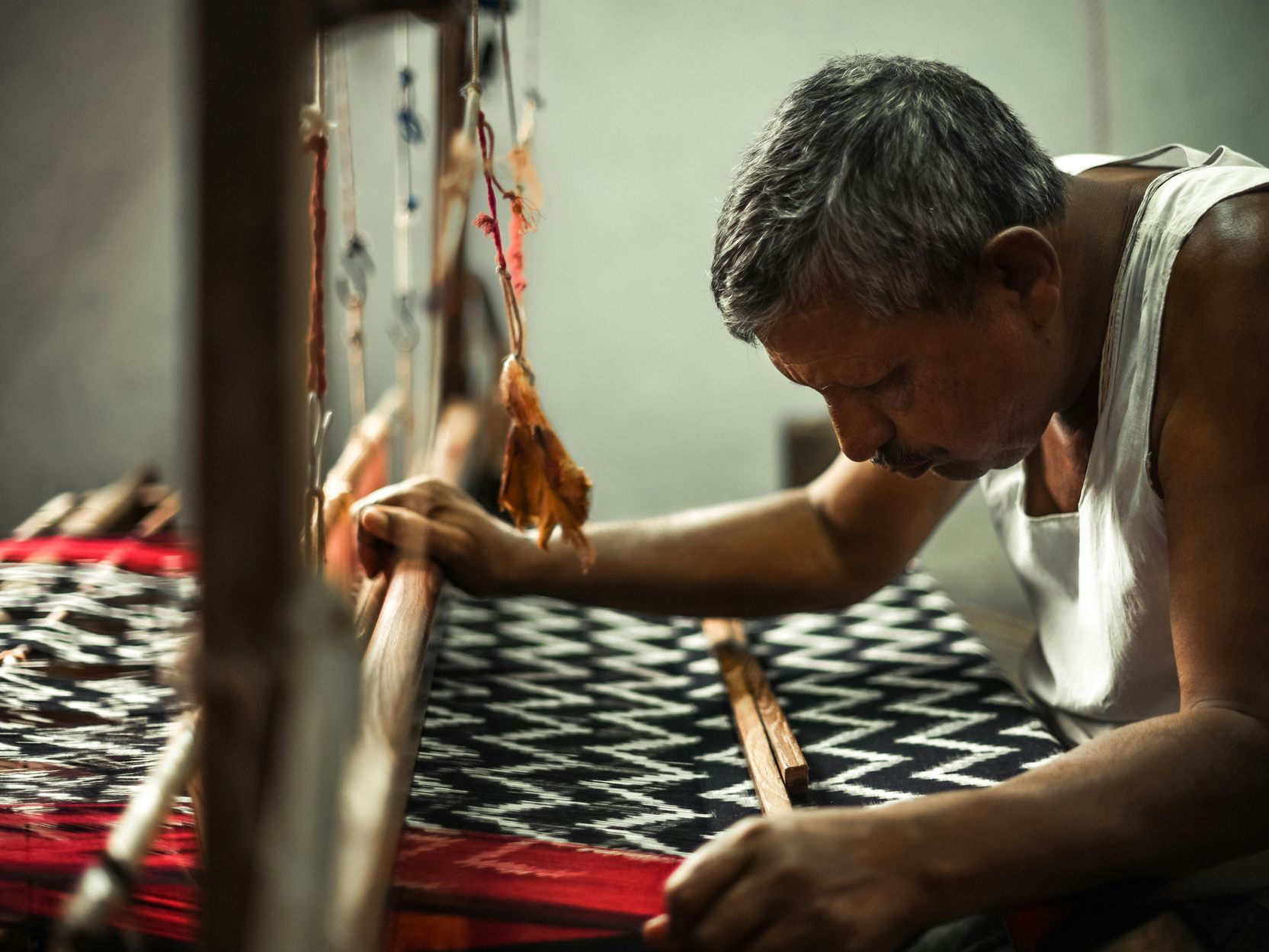
6. Supports Fair Trade & Local Communities
International designers highlight that using handloom fabrics:
- Empowers rural artisans
- Preserves cultural heritage
- Strengthens the narrative of responsible luxury

